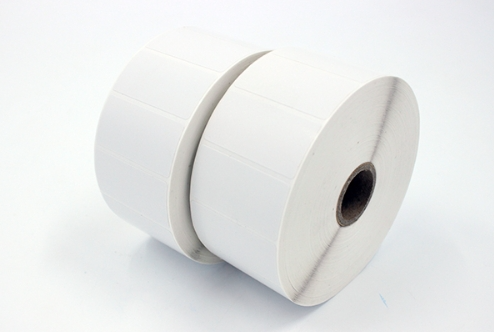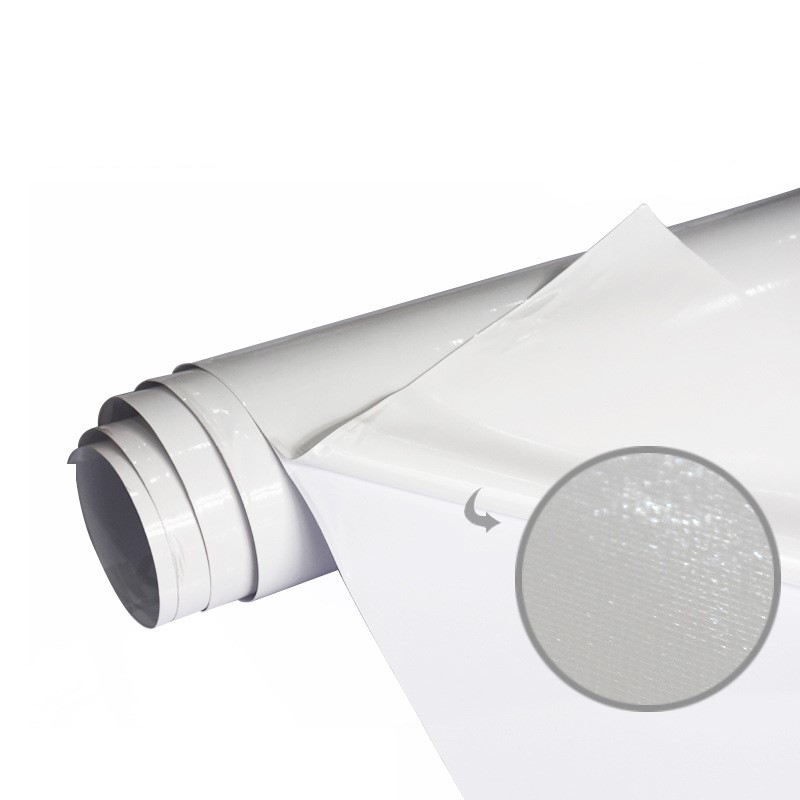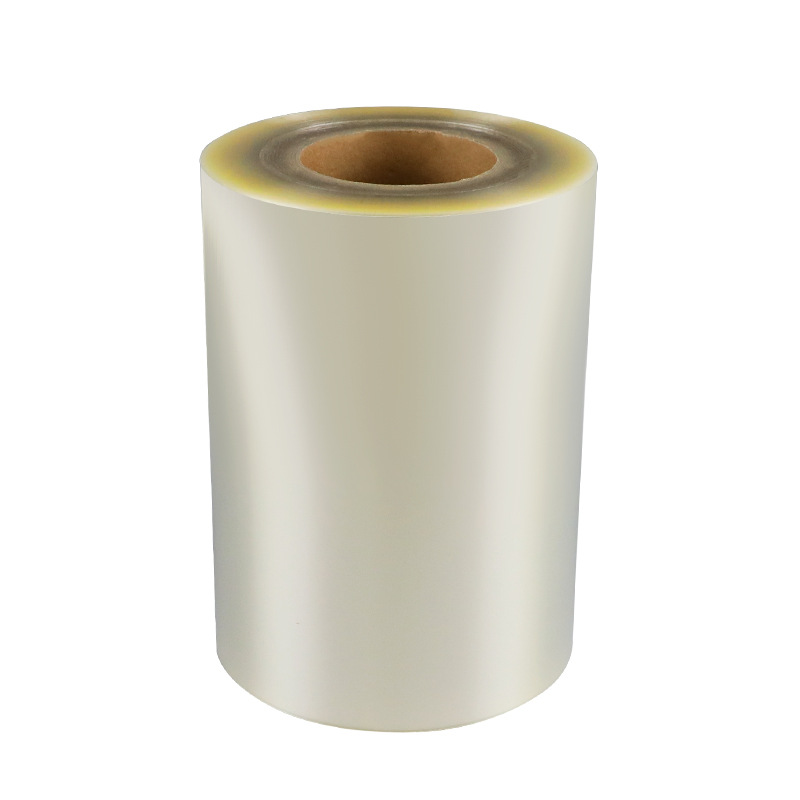The utilization of flame retardant labels has traditionally been associated with fire safety in various industries. However, a groundbreaking and innovative shift is occurring in the realm of food packaging, where flame retardant labels are finding new applications to enhance safety, compliance, and sustainability. This article explores the innovative application of flame retardant labels in food packaging and the transformative benefits they bring to the industry.

**1. Ensuring Compliance and Safety:
-
Regulatory Adherence: Flame retardant labels on food packaging materials ensure compliance with stringent safety regulations. This is particularly vital in industries where regulatory standards demand heightened fire safety measures in storage and transportation.
-
Reducing Fire Risk: Incorporating flame retardant labels in food packaging minimizes the risk of fire incidents during storage, transportation, and even in consumer environments, enhancing overall safety.
**2. Enhanced Fire Safety During Transportation:
-
Preventing External Ignition Sources: Flame retardant labels on food packaging act as a preventive measure against external ignition sources during transportation. This is particularly crucial for goods transported over long distances where unforeseen fire hazards may arise.
-
Reducing Fire Spread: In the event of a fire, flame retardant labels contribute to containing and minimizing the spread of flames, safeguarding not only the packaged food but also other goods in transit.
**3. Advanced Fire-Resistant Packaging Materials:
-
Incorporating Flame Retardant Additives: Manufacturers are exploring the integration of flame retardant additives directly into food packaging materials. This innovative approach enhances the fire resistance of the packaging itself, providing an added layer of protection against potential fire hazards.
-
Maintaining Package Integrity: Flame retardant additives contribute to maintaining the structural integrity of the packaging material during fire incidents, preventing rapid deterioration and potential release of hazardous substances.
**4. Sustainable Fire-Resistant Solutions:
-
Eco-Friendly Materials: Innovations in flame retardant labels for food packaging include the use of eco-friendly materials. This sustainable approach aligns with the growing demand for environmentally conscious packaging solutions.
-
Recyclability: Flame retardant labels that are compatible with recyclable materials contribute to reducing the environmental impact of packaging waste. This dual emphasis on fire safety and sustainability meets the evolving expectations of consumers.
**5. Consumer Awareness and Product Differentiation:
-
Clear Communication: Flame retardant labels on food packaging communicate a commitment to safety and quality to consumers. Clear labeling provides assurance regarding the adherence to safety standards and the use of advanced fire-resistant packaging materials.
-
Product Branding: Incorporating flame retardant labels in food packaging can also be a unique branding strategy. It signals a proactive approach to safety, setting products apart in the market and building consumer trust.
Conclusion: The innovative application of flame retardant labels in food packaging represents a paradigm shift, introducing advanced safety measures and sustainable solutions. From regulatory compliance and enhanced fire safety during transportation to the integration of eco-friendly materials, these labels are reshaping the future of food packaging. As the industry continues to evolve, the synergy between fire safety, sustainability, and consumer awareness positions flame retardant labels as a pioneering force in the realm of innovative packaging solutions.
We offer comprehensive technical support, including free professional labeling solutions, advice on label materials and adhesive selection, as well as online/offline assistance from professional software and hardware engineers. Service email: andy@ownlikes.cn. In pre-sales, we leverage our extensive experience in specialty labeling projects to provide clients with the most suitable hardware solutions. Additionally, all our label barcode printers and scanners come with a three-year free warranty, demonstrating our confidence in our products.






This site is protected by reCAPTCHA and the Google Privacy Policy and Terms of Service apply.